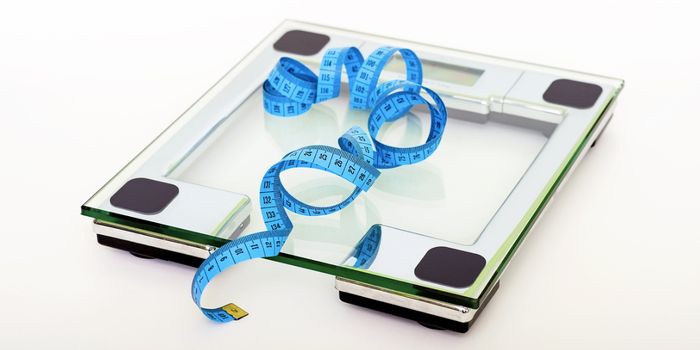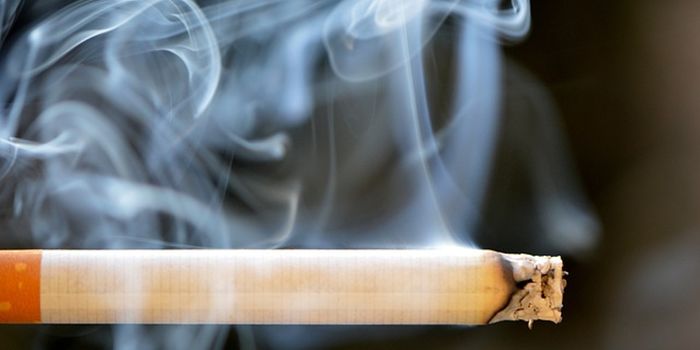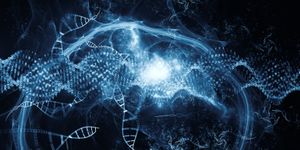Heart attacks have the potential to kill over a billion cells, and scientists are looking for the best way to replenish stores of cardiac cells to limit the amount of damage done post-heart attack. Stem cells are the prime candidate for refueling after a heart attack, and a new study makes a case for the use of induced expandable cardiovascular progenitor cells (ieCPCs) as the type of stem cell that is most effective.
ieCPCs are promising in the new study from the Gladstone Institutes because of their ability to both replicate after injection and differentiate into the three heart cell types needed for healthy heart repair: cardiomyocytes, endothelial cells, and smooth muscle cells. Adult heart cells do not work as well, lead author Yu Zhang, MD, PhD, said, because they cannot multiply. With the damaged post-attack heart in debt by billions of cells, non-replicating cells won’t work to restore heart health.
Cardiovascular progenitor cells (CPCs) develop naturally in the heart as early as during embryo formation. CPCs also differentiate into a variety of heart cell types needed for healthy heart function. Researchers from the new study produced ieCPCs, their own version of CPCs, in the lab for use in various studies.
ieCPCs are just the right candidate for stem cell researchers to use in post-heart attack clinical trials. Adult heart cells do not self-renew like ieCPCs do, and non-cardiac stem cells have difficulty transitioning into heart cells. ieCPCs are “locked into their fate” to becoming one of the three heart cell types in addition to being able to self-renew and produce more ieCPCs. Scientists will be able to culture multiple generations of ieCPCs in the lab, so a supply will always be on hand if a heart attack patient requires stem cell treatment.
The sure fate of ieCPCs also prevents abnormal cell growth in the heart that can lead to cancer. Transplantation of non-cardiac stem cells; however, creates problems because these cells are prone to contributing to tumor formation, putting patients receiving these cells at a higher risk for cancer. In addition, these non-cardiac stem cells need complicated signals to change into cardiac cells, and these signals do not occur naturally in a fully developed adult heart.
Scientists from the Gladstone Institutes saw in their newest study published in the journal
Cell Stem Cell great success in ieCPC retention in post-heart attack mice models of disease. 90 percent of the stem cells transplanted into the mice hearts successfully made the transition to healthy heart cells. The scientists saw the ieCPCs differentiate into and join the existing population of heart cells, beating and producing new blood vessels.
“They are the closest precursor to functional heart cells, and, in a single step, they can rapidly and efficiently become heart cells, both in a dish and in a live heart,” said senior author Sheng Ding, PhD. “With our new technology, we can quickly create billions of these cells in a dish and then transplant them into damaged hearts to treat heart failure."
Source:
Gladstone Institutes









